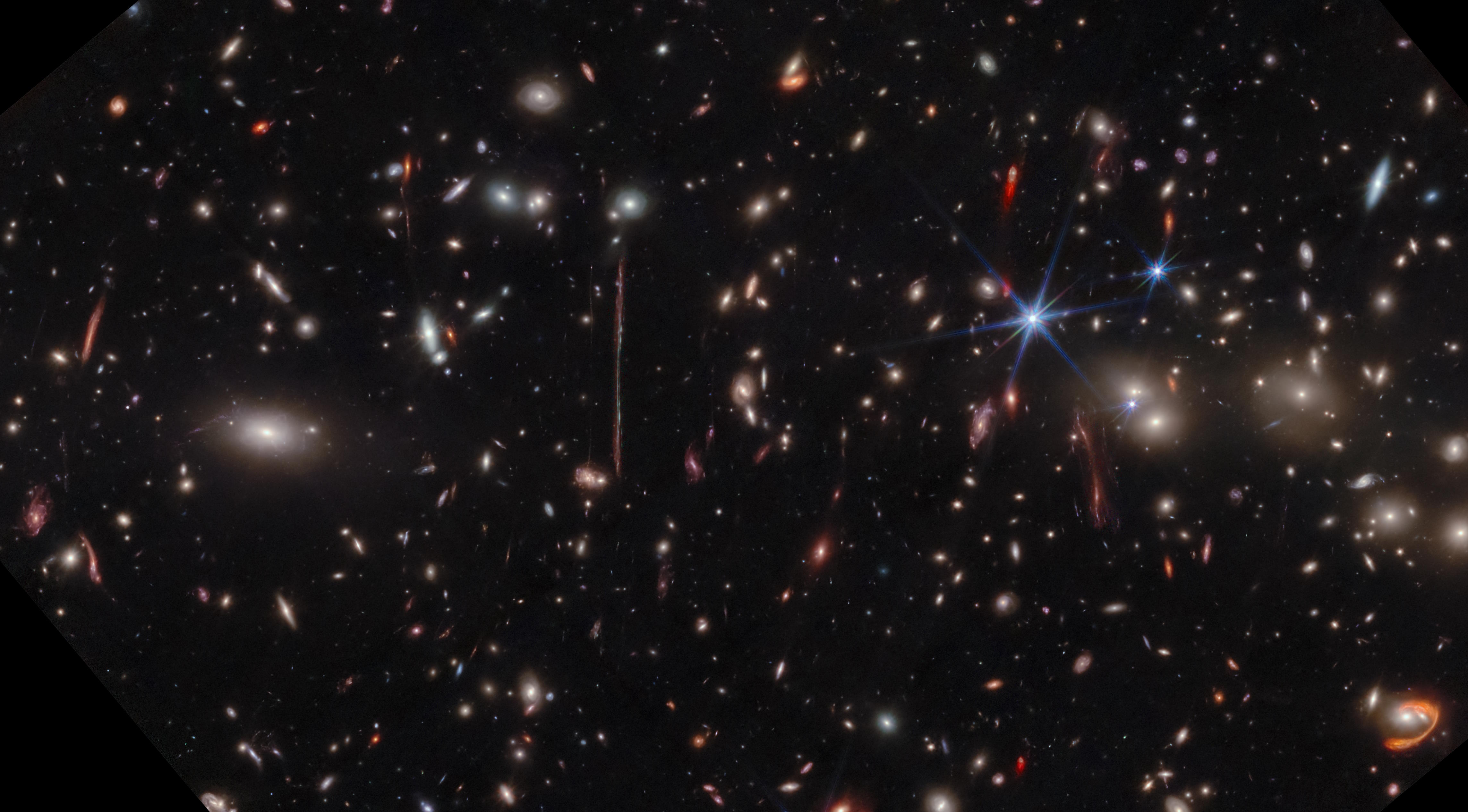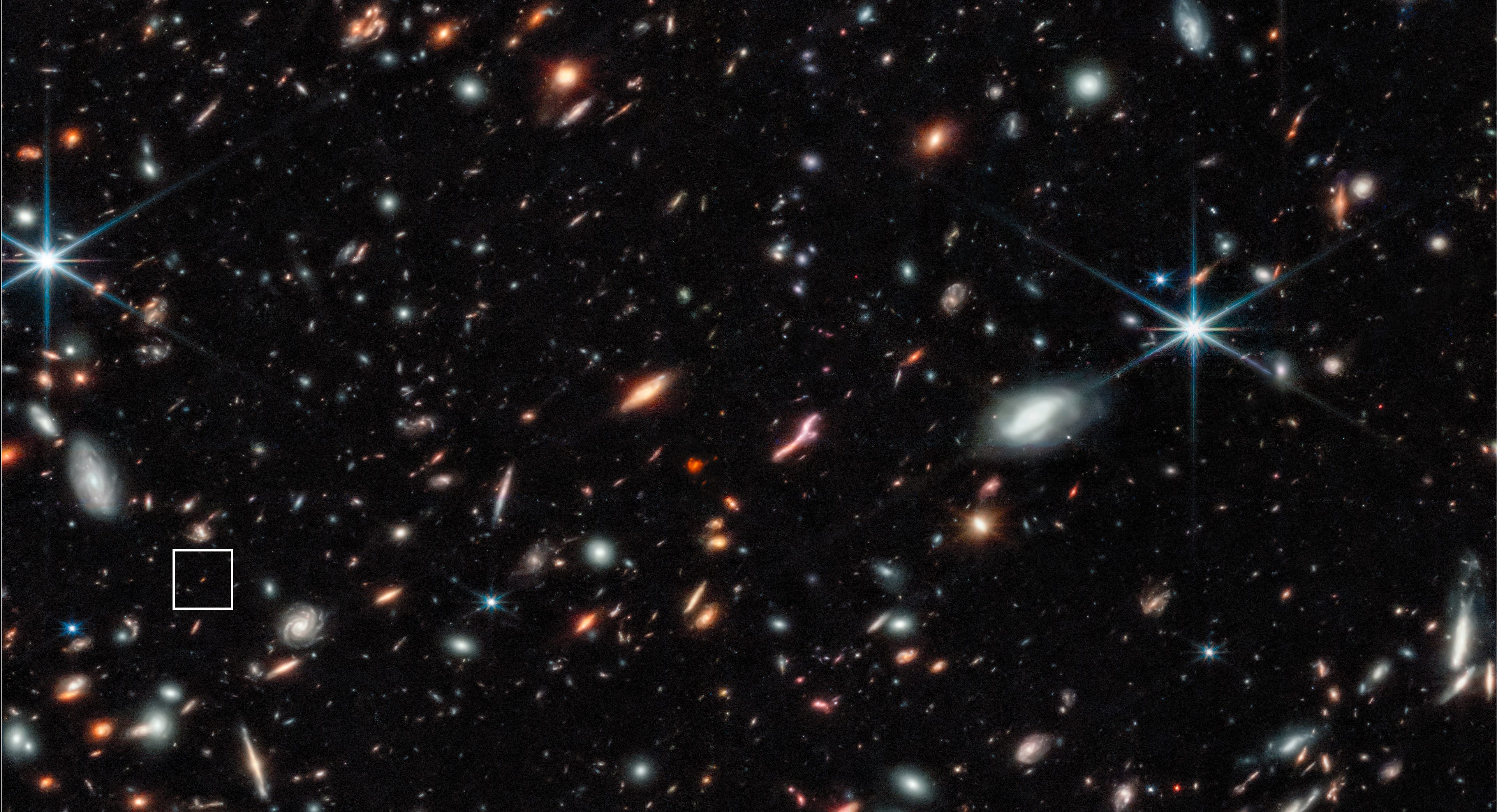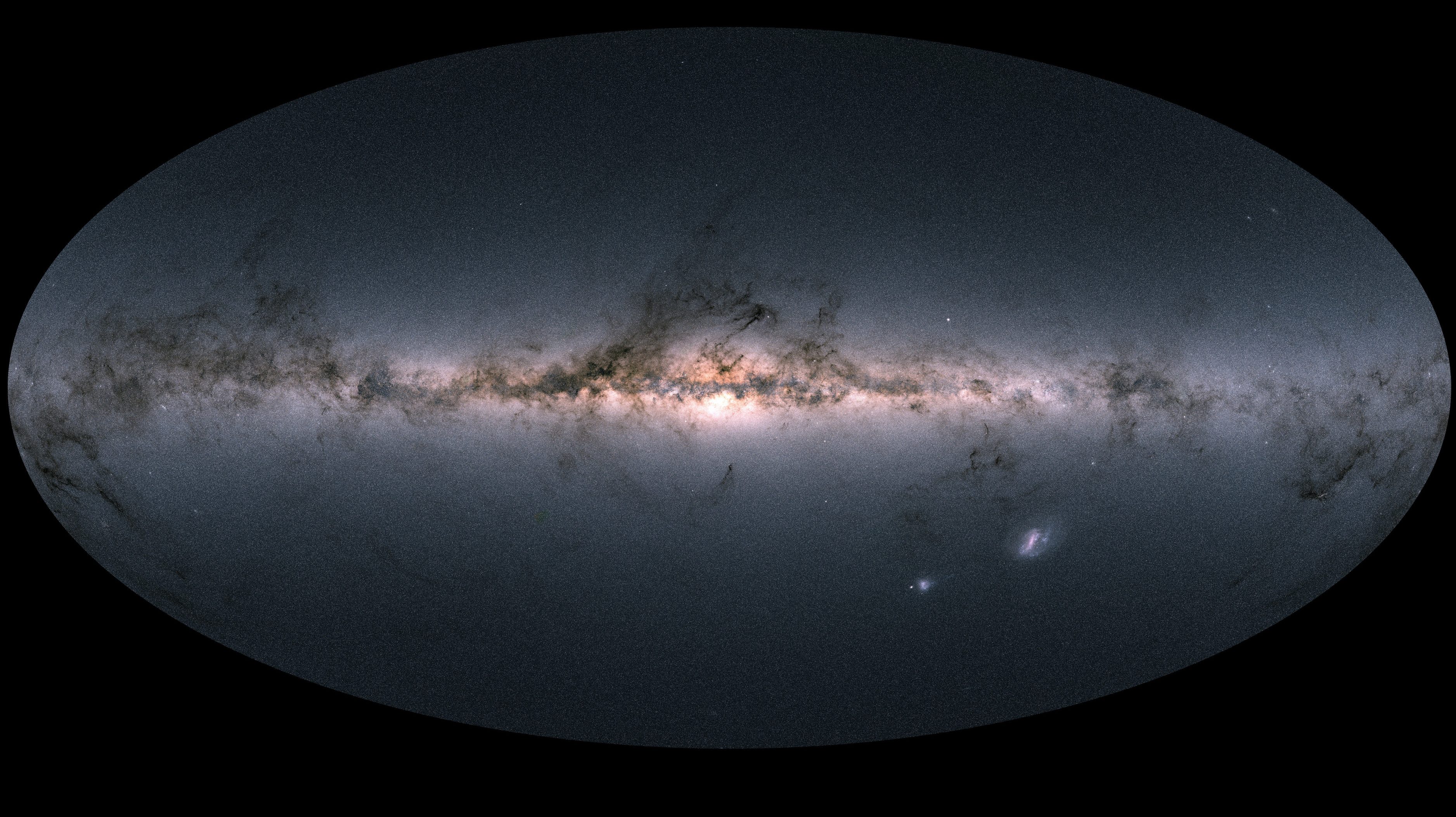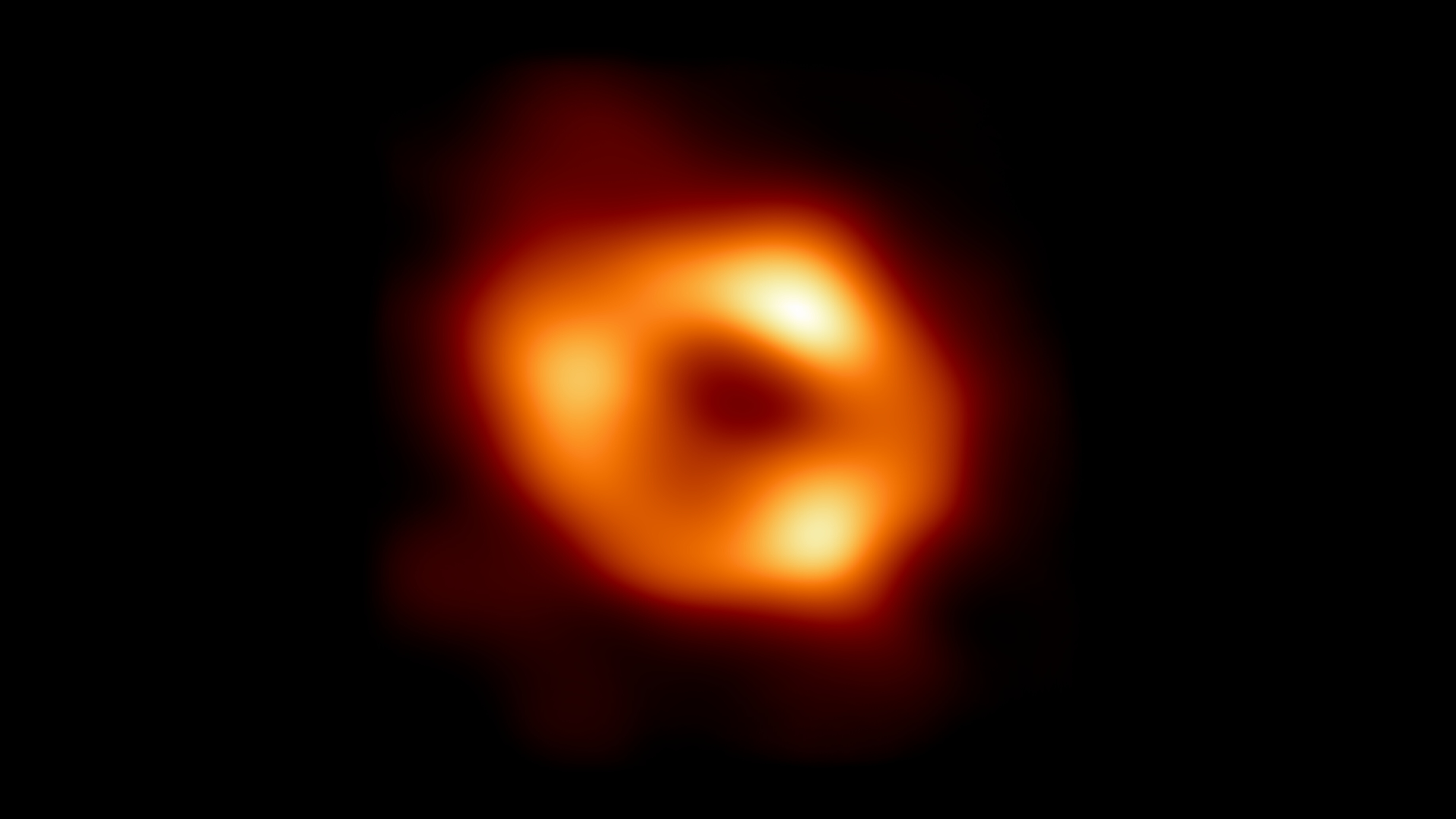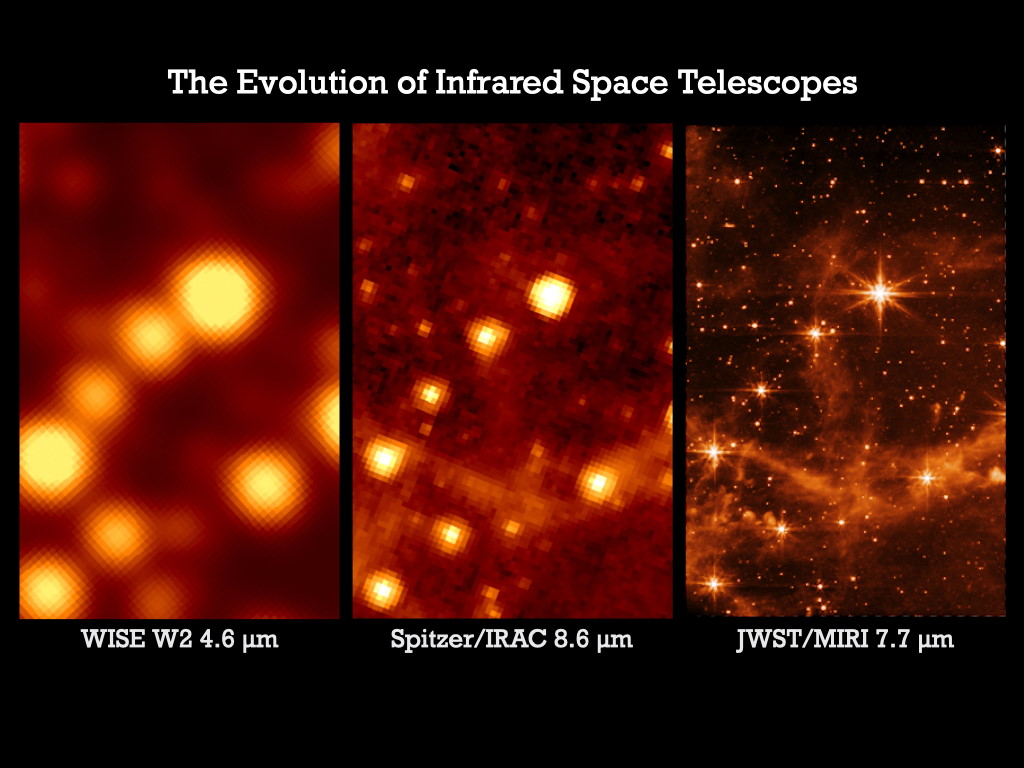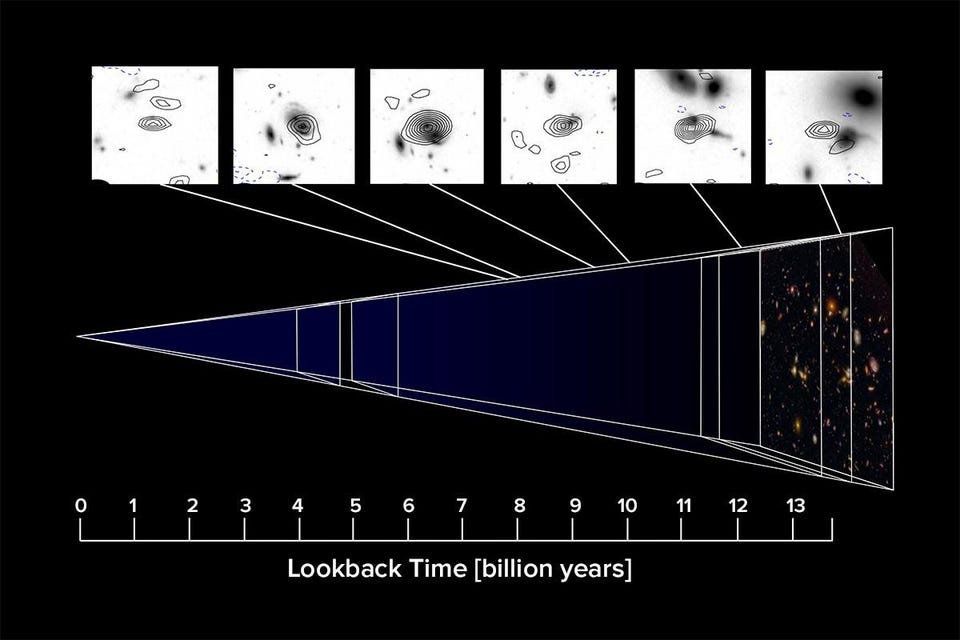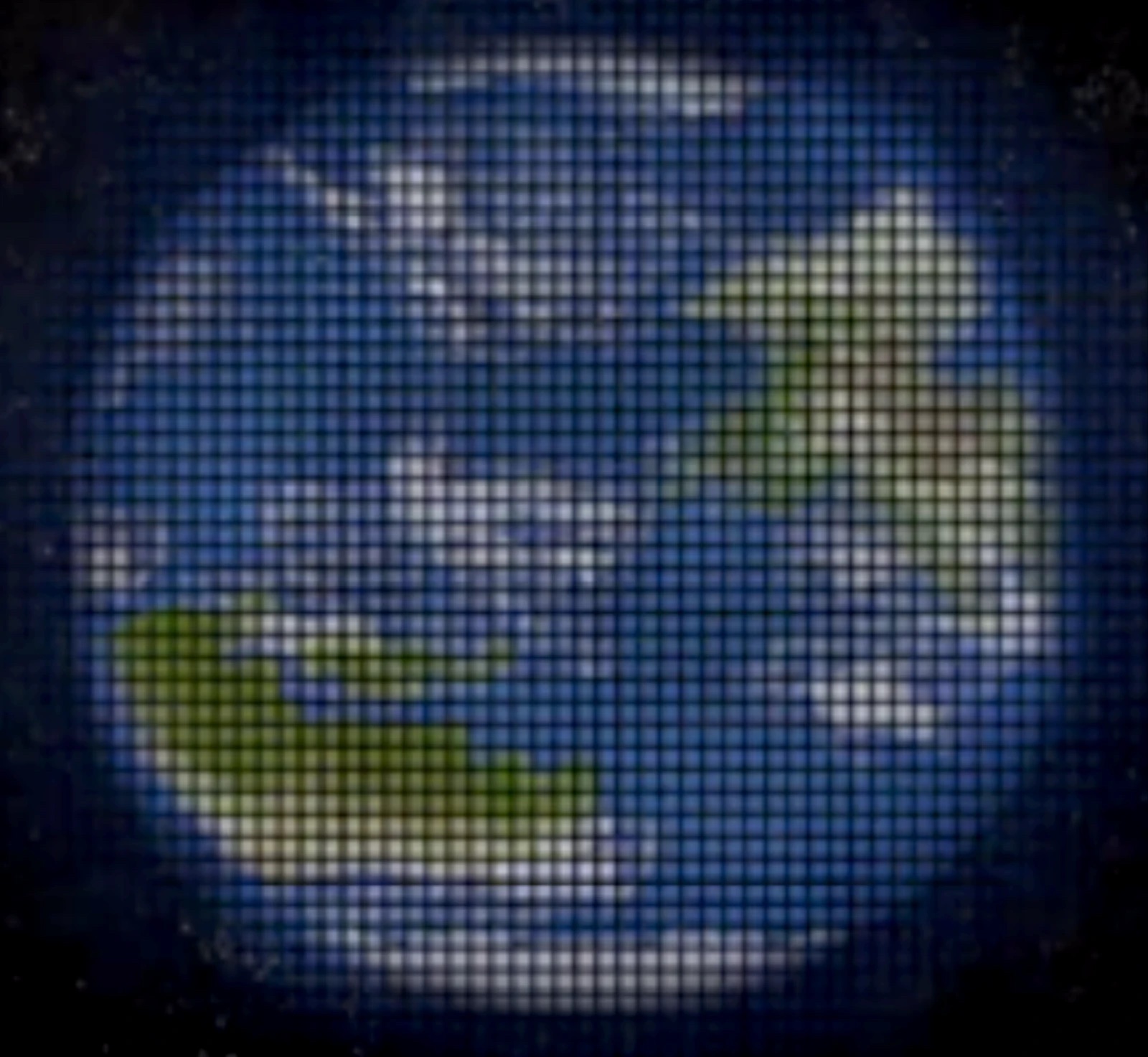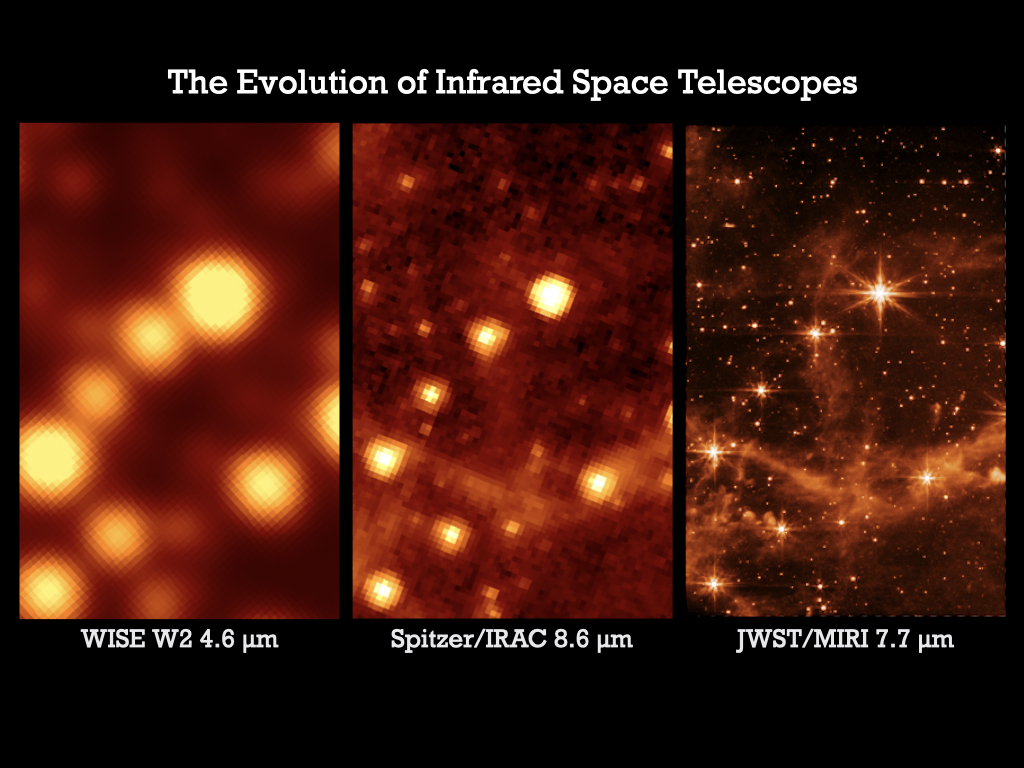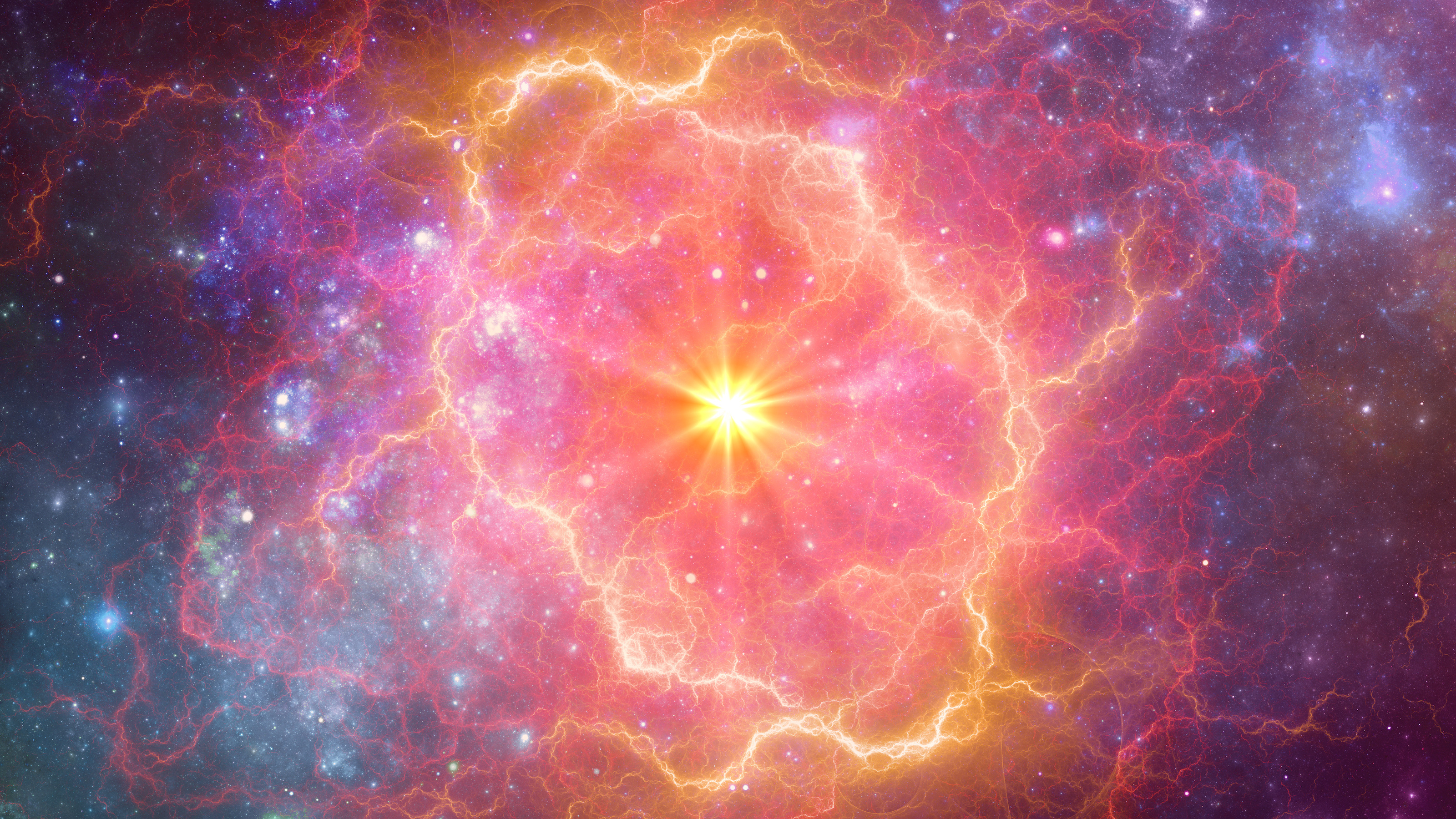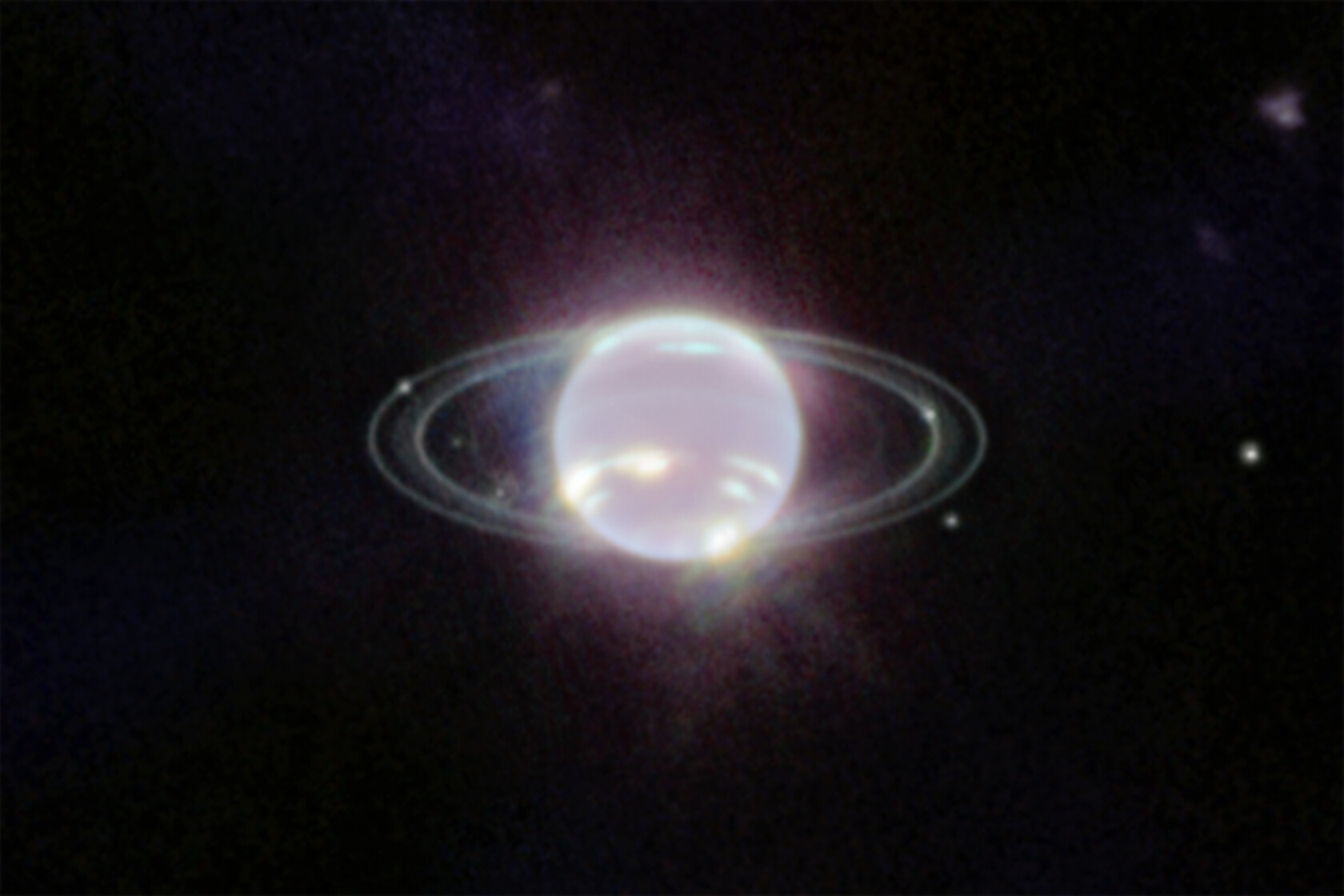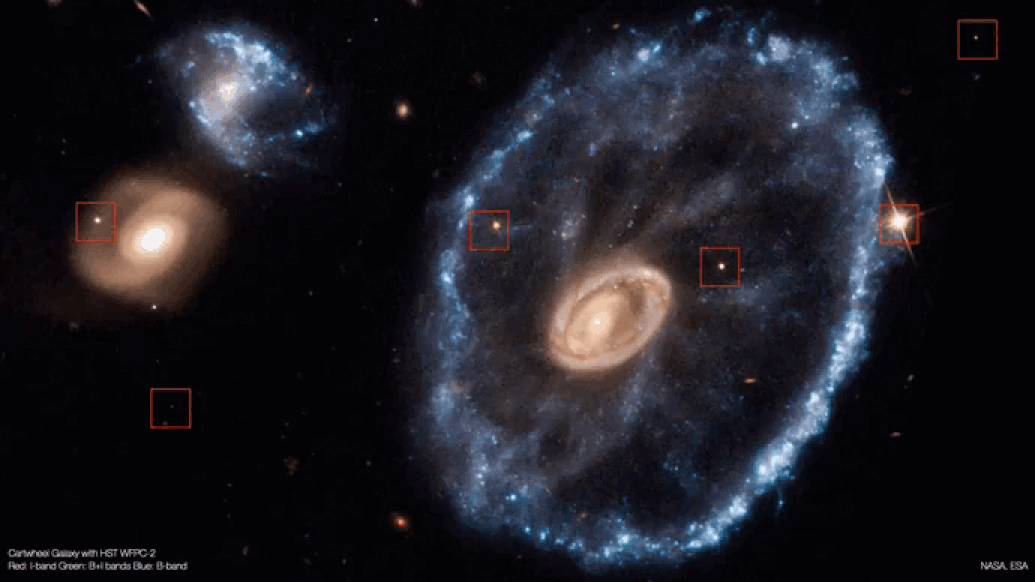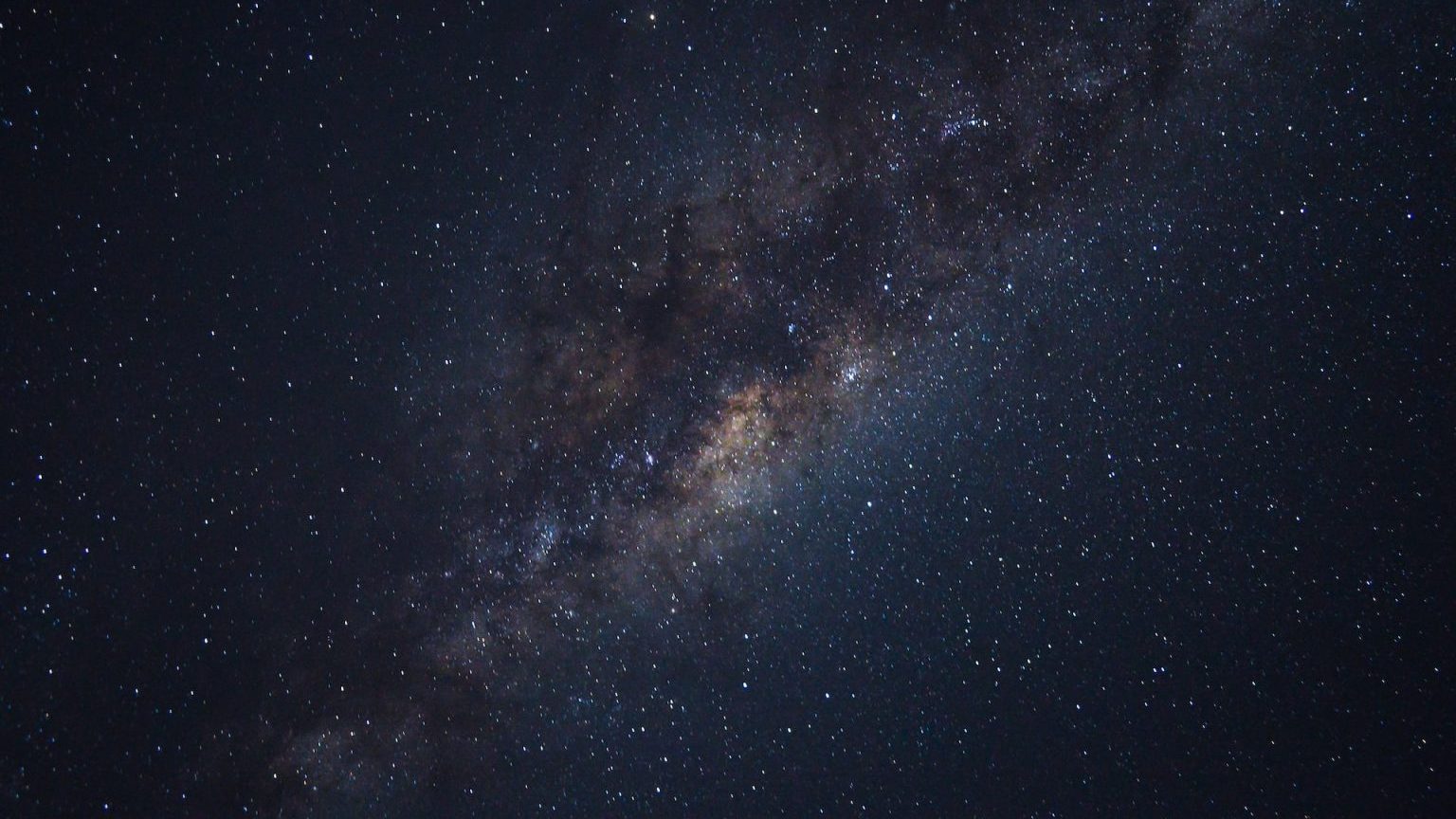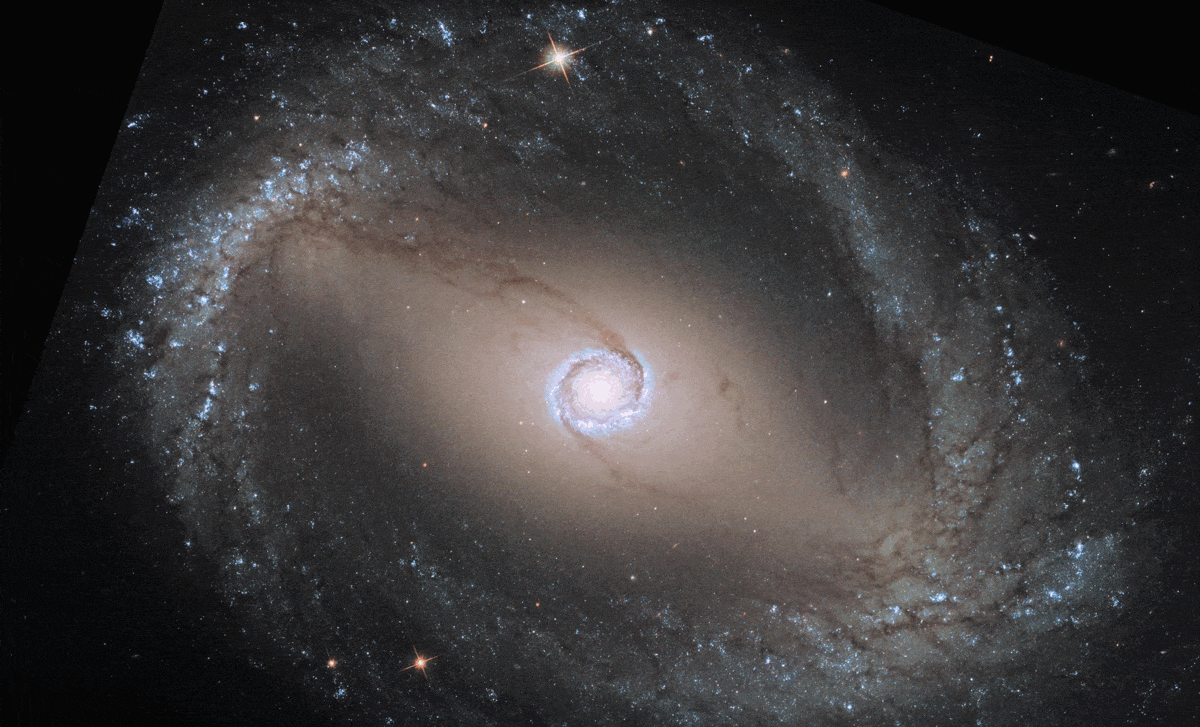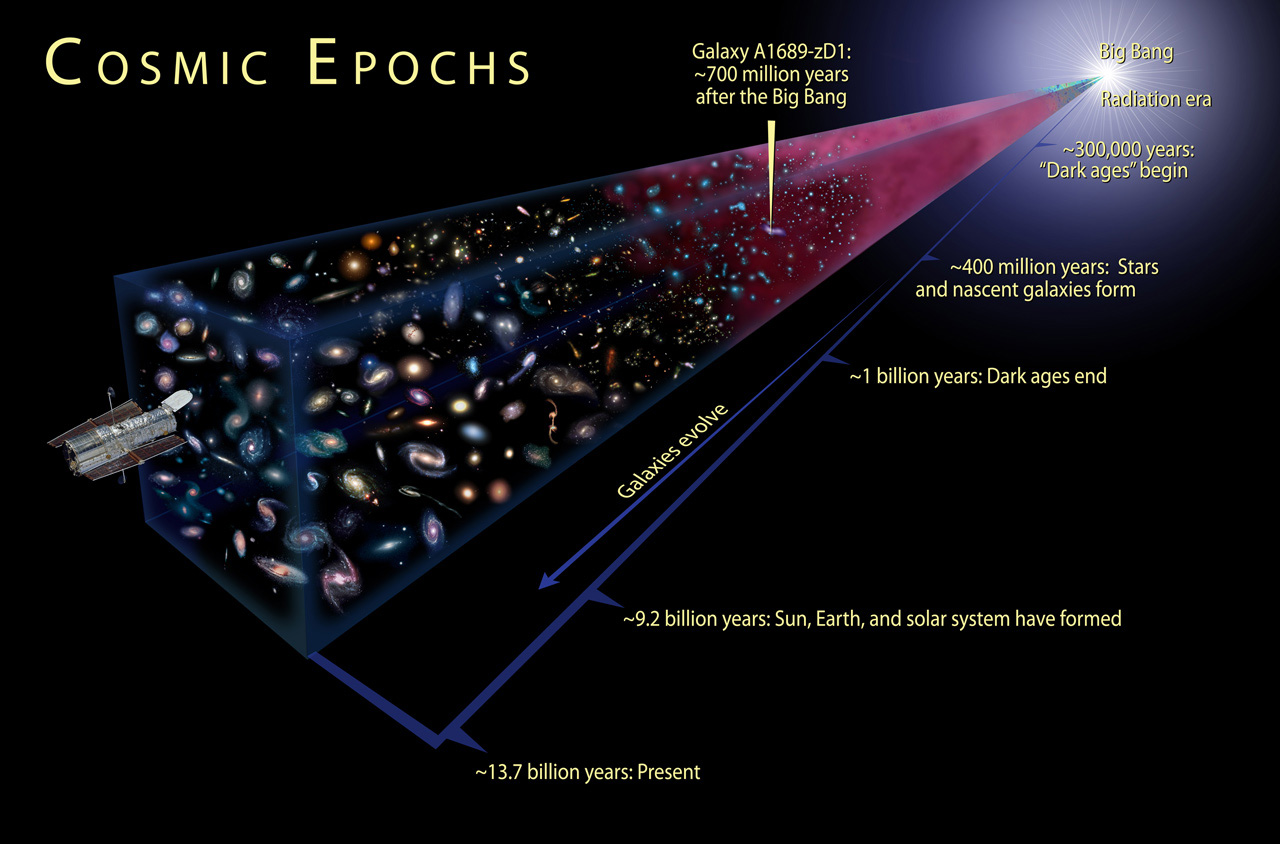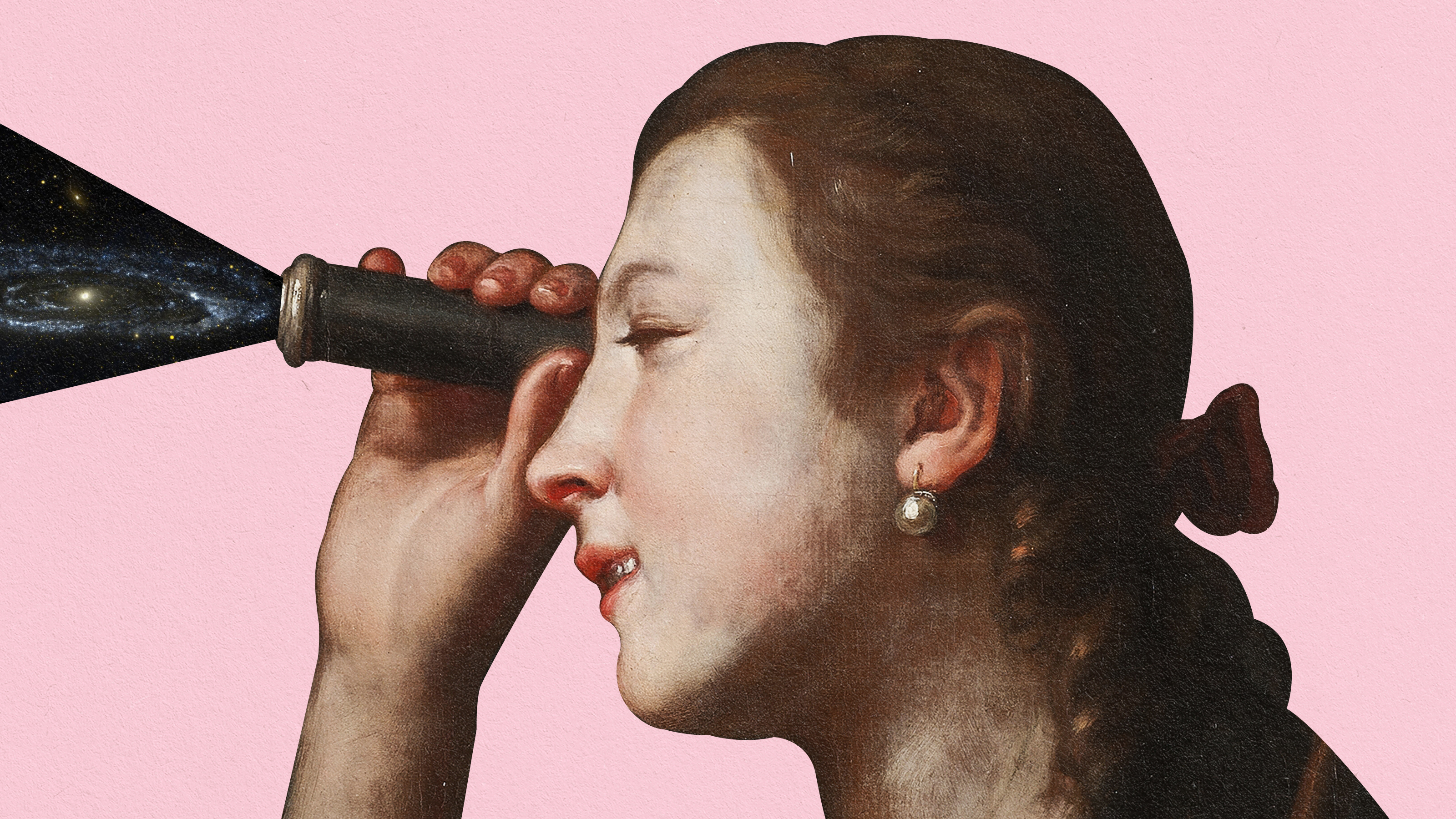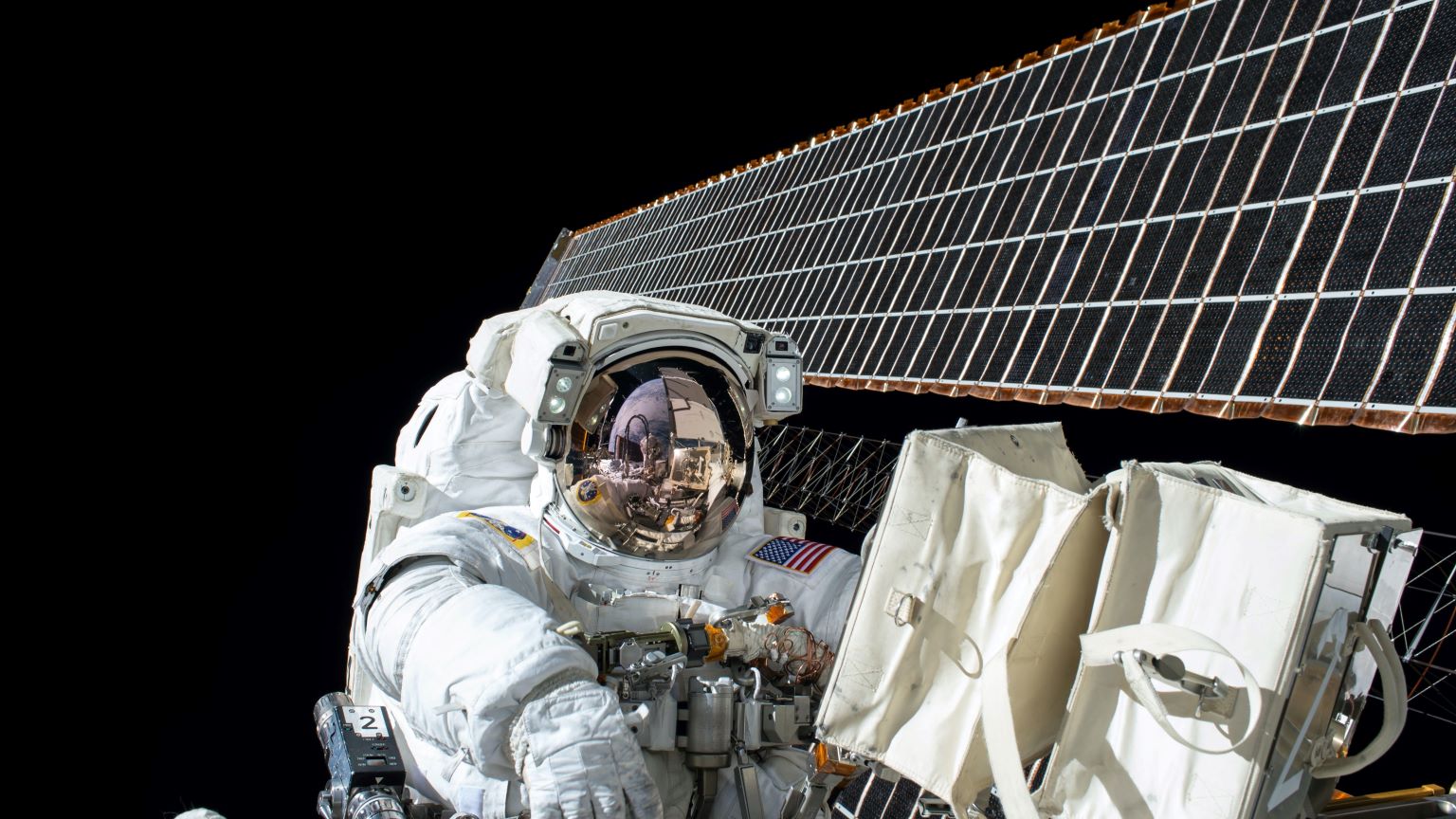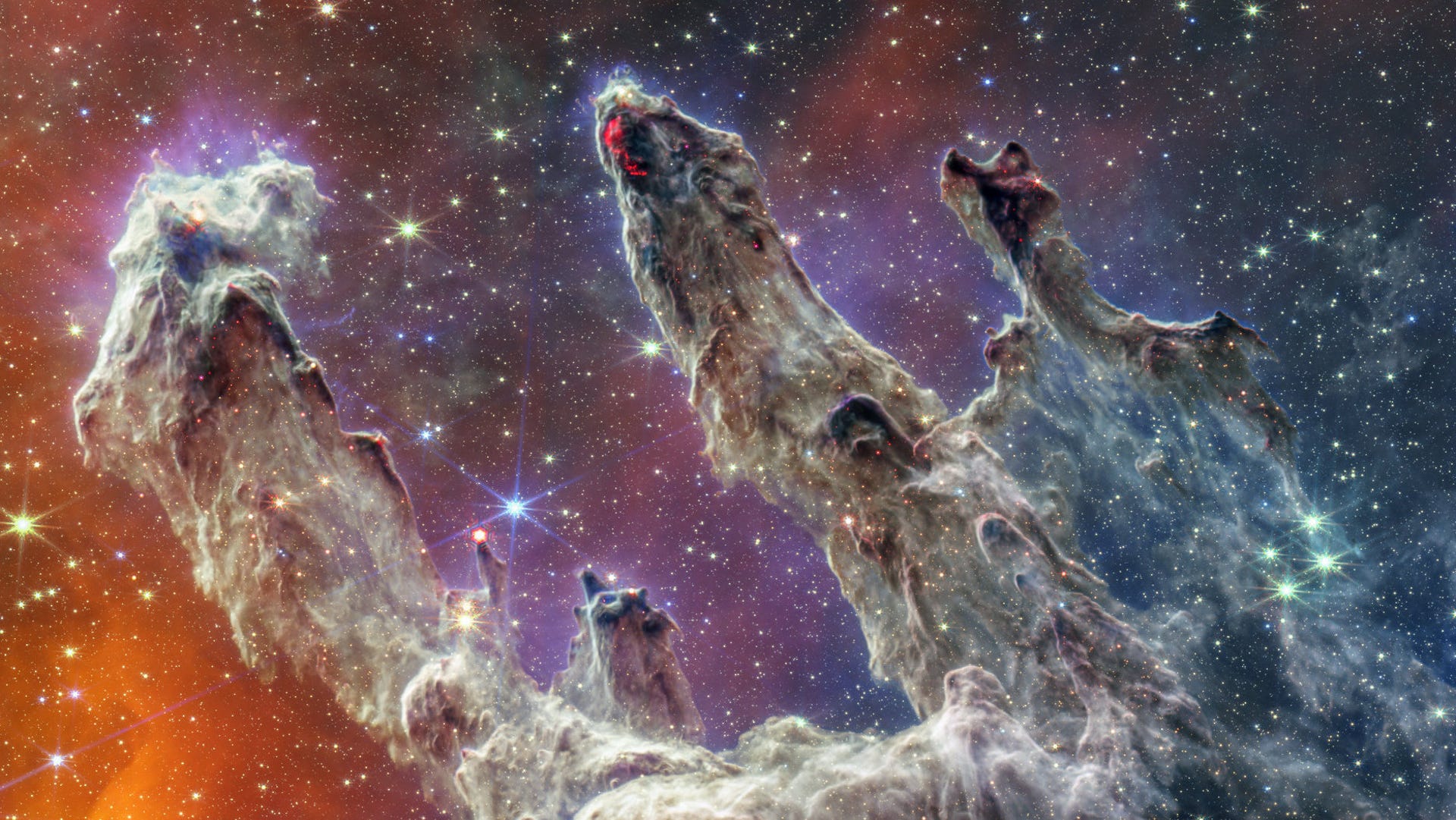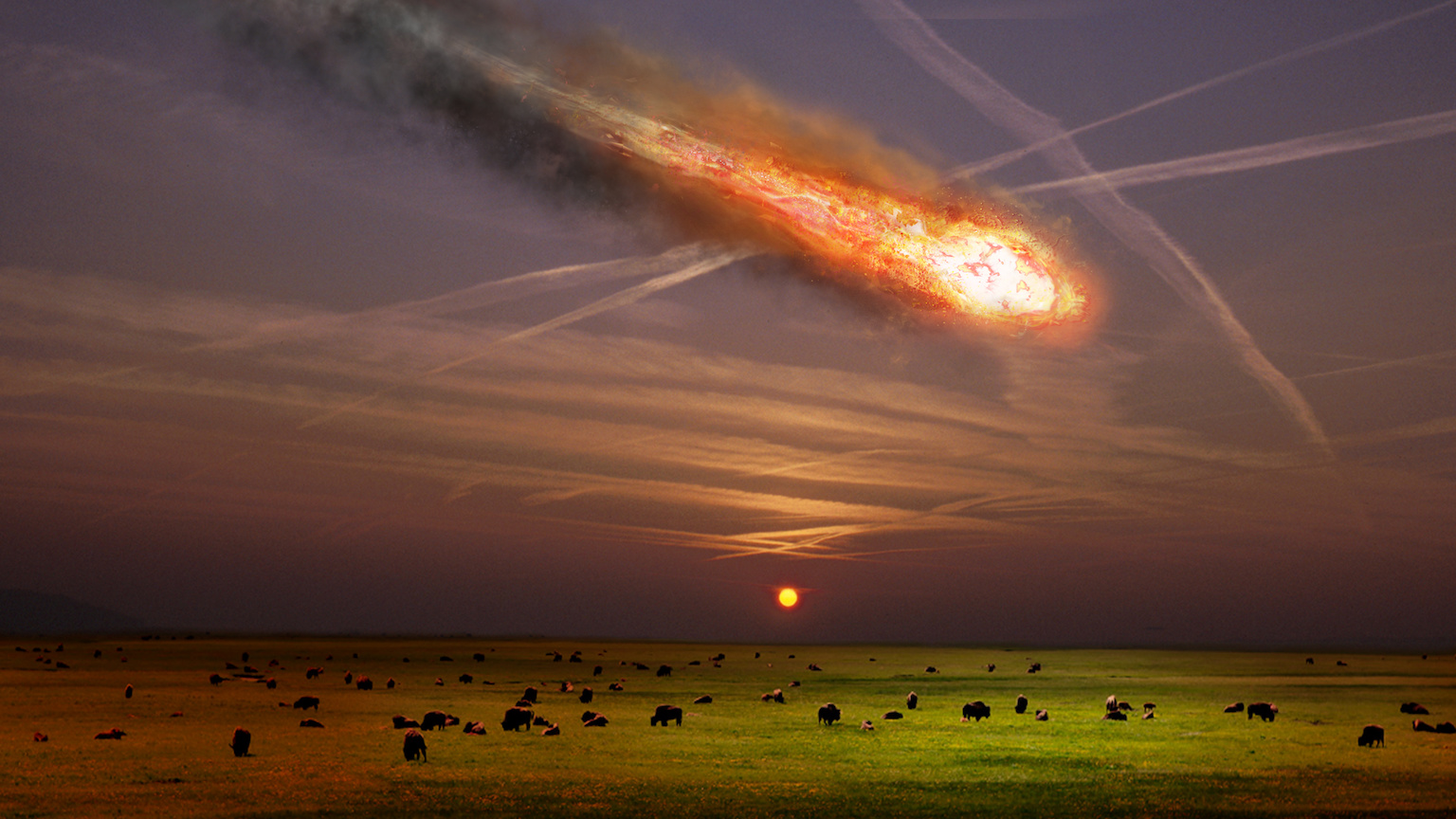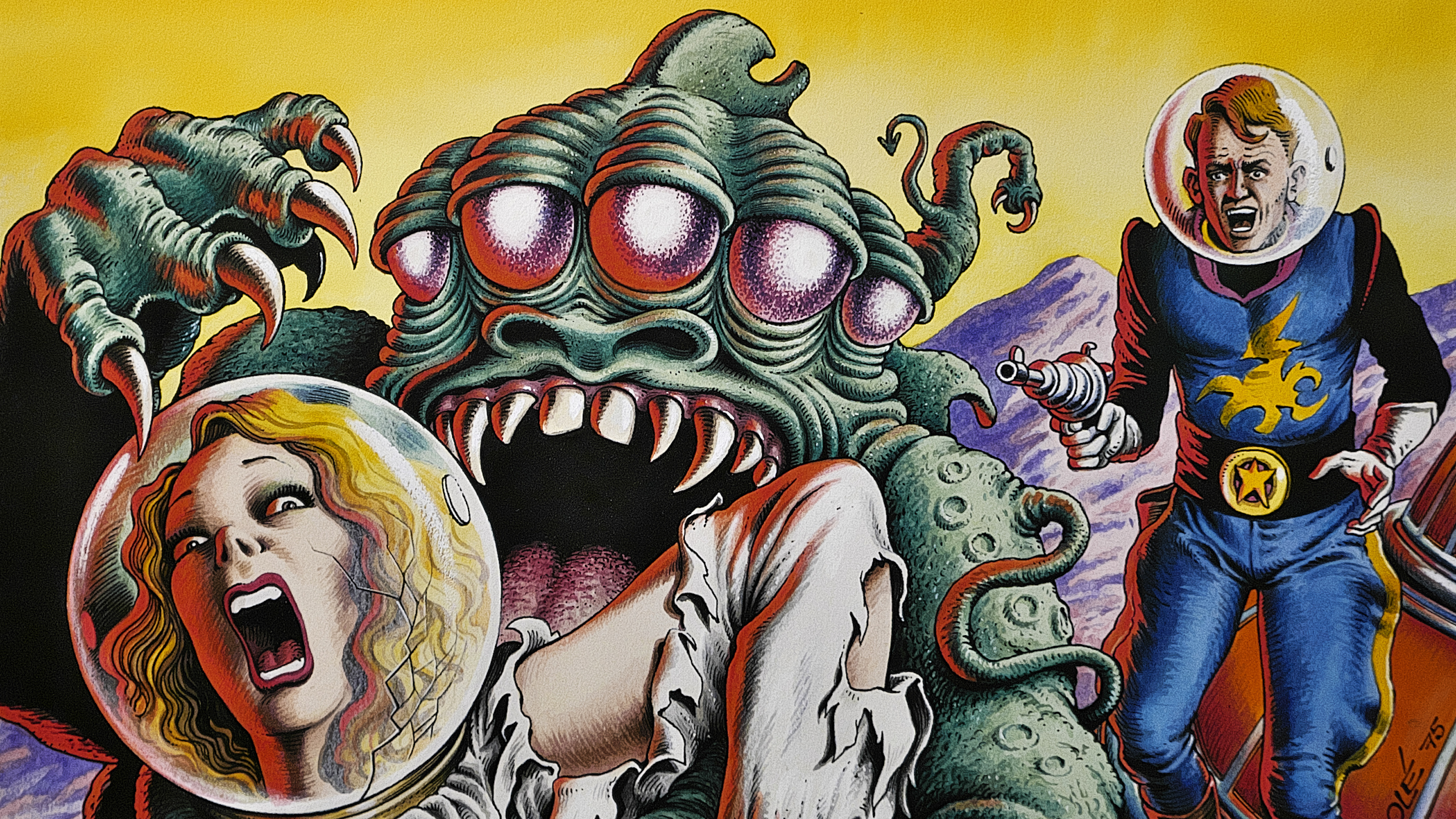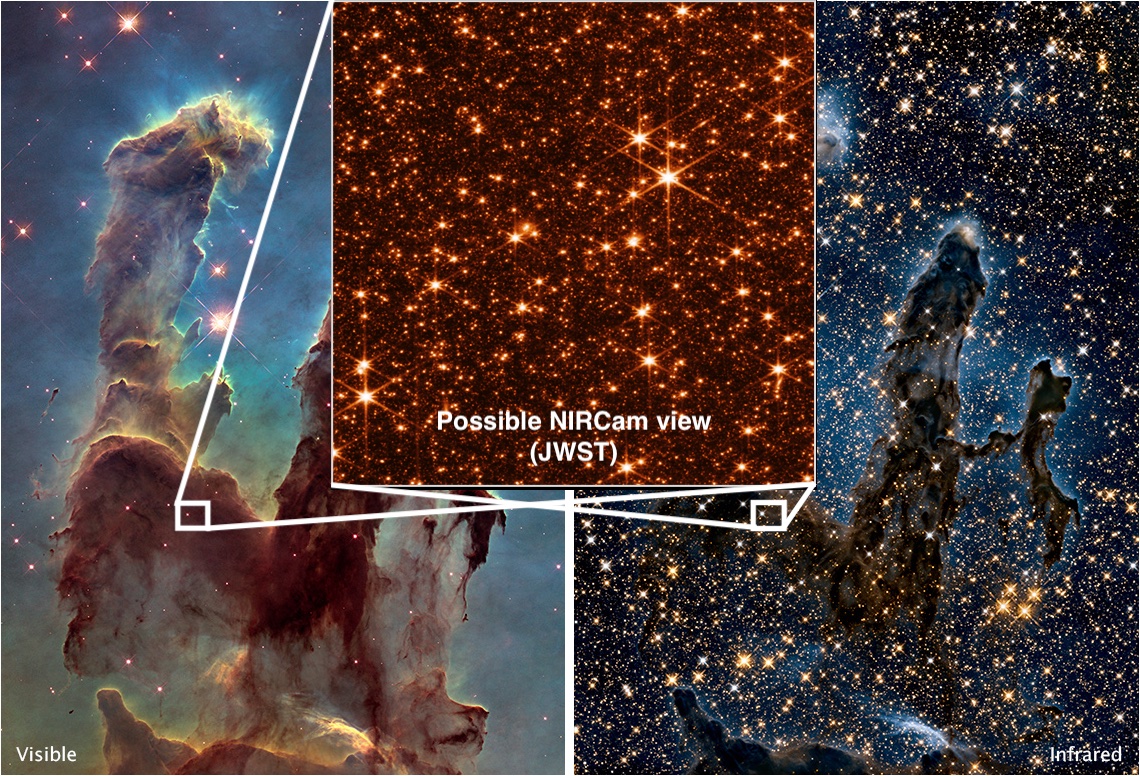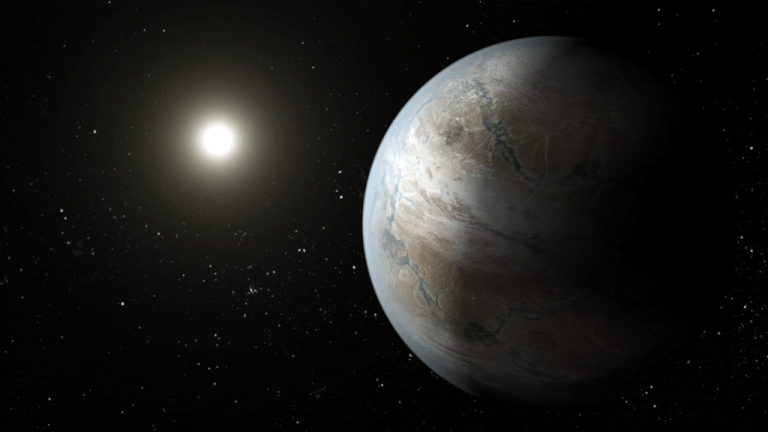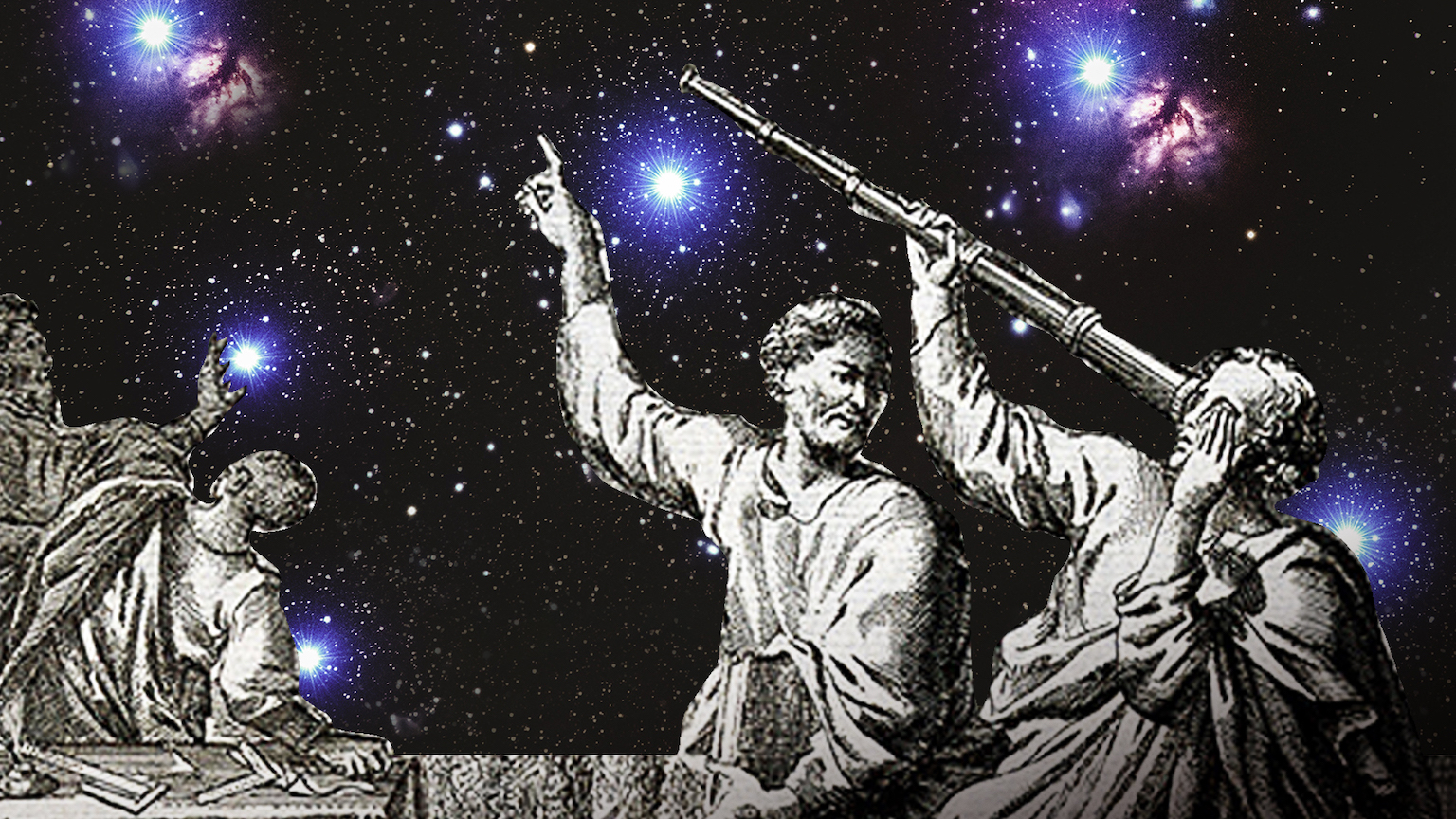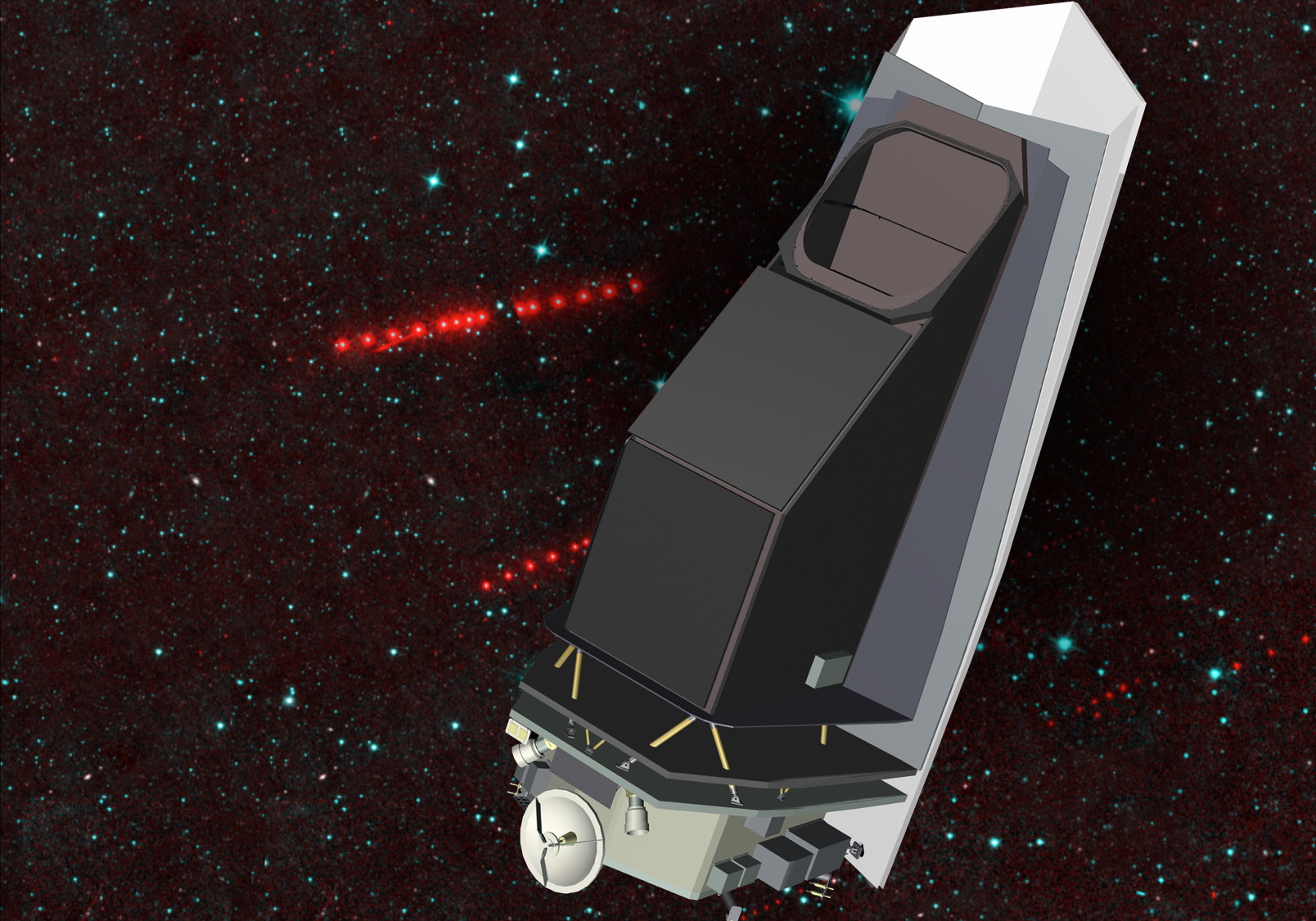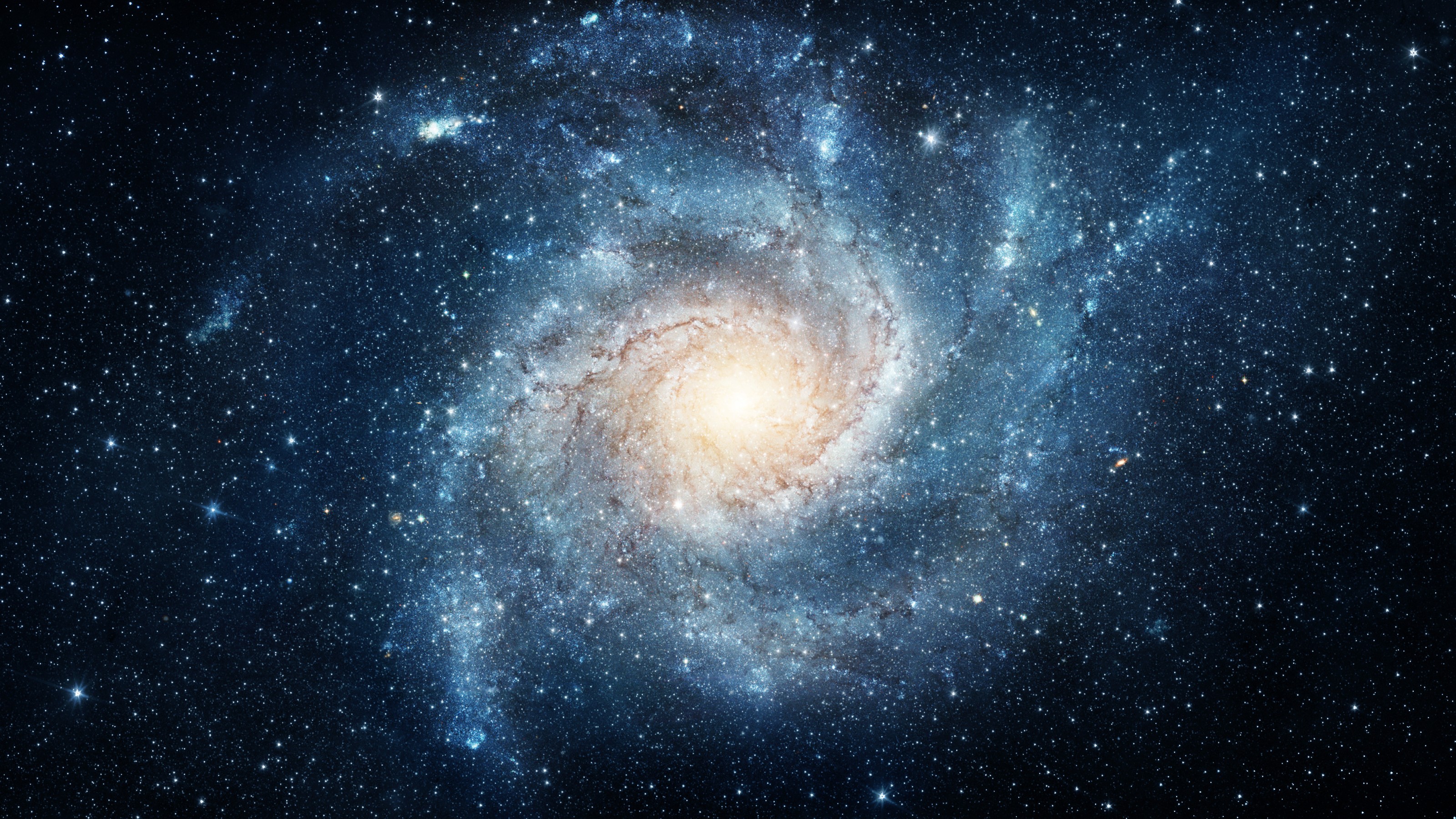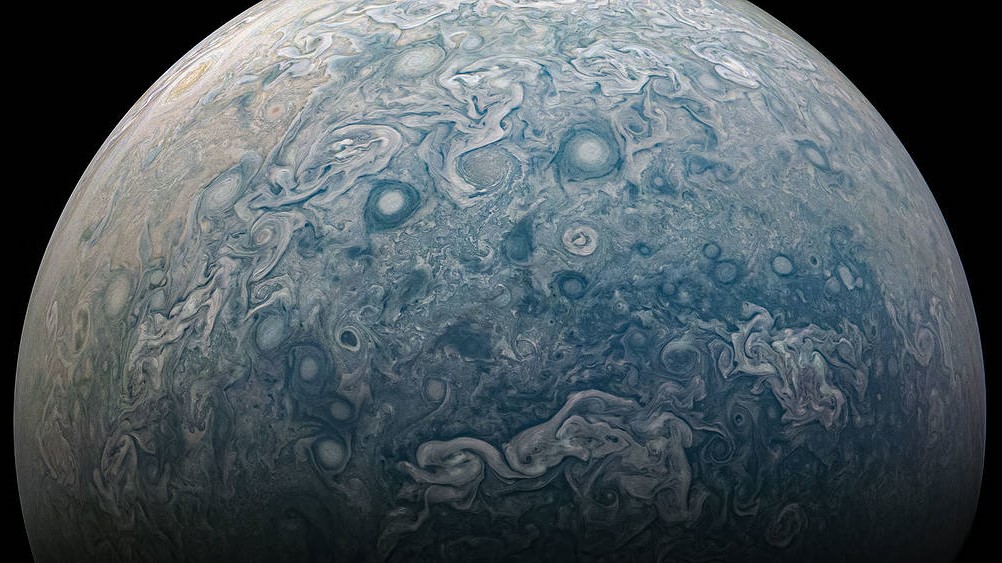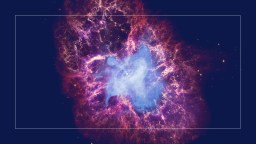From when its light was emitted, the El Gordo galaxy cluster might be the most massive object in all of existence. Here’s how JWST sees it.
Search Results
You searched for: Telescope
If you can identify a foreground star, the spike patterns are a dead giveaway as to whether it’s a JWST image or any other observatory.
For thousands of years, humanity had no idea how far away the stars were. In the 1600s, Newton, Huygens, and Hooke all claimed to get there.
After years of analysis, the Event Horizon Telescope team has finally revealed what the Milky Way’s central black hole looks like.
The James Webb Space Telescope is about to begin science operations. Here’s what astronomers are excited about.
Einstein’s relativity teaches us that time isn’t absolute, but passes relatively for everyone. So how do telescopes see back through time?
With a telescope at just the right distance from the Sun, we could use its gravity to enhance and magnify a potentially inhabited planet.
It was supposed to have a 5.5-10 year lifetime, and take 6 months to calibrate. It’s performing better than anyone anticipated.
Archaeologists can learn how societies lived by studying what they left behind when they died. Astronomers are doing much the same thing.
The James Webb Space Telescope viewed Neptune, our Solar System’s final planet, for the first time. Here’s what we saw, and what it means.
The first set of James Webb’s images blew us all away. In just 2 mere months, it’s seen highlights that no one could have predicted.
Since dark matter eludes detection, the mission will target sources of light that are sensitive to it.
In July of 2022, the first science images from JWST were unveiled. Two years later, it’s changed our view of the Universe.
When we started imaging the Universe with Hubble, every star had four “spikes” coming from it. Here’s why Webb will have more.
With a finite 13.8 billion years having passed since the Big Bang, there’s an edge to what we can see: the cosmic horizon. What’s it like?
You would think that with all our technology, like the James Webb Space Telescope, we would know how big the Universe is. But we don’t.
Now that it’s fully commissioned, the James Webb Space Telescope begins its exploration of the Universe. Here are its first science images!
Scientists can make substantial progress without fully understanding exactly what they’re doing.
An optical telescope with a massive 20-foot (6-meter) mirror has an eye-popping price tag of $11 billion.
A deep dive into the chaotic journey of star formation.
The James Webb Space Telescope (JWST) will study many dangerous cosmic phenomena, knowledge of which may help save humanity.
A true scientific view of if, where, and when extraterrestrial life exists is within our grasp thanks to biosignatures and technosignatures.
On July 12, 2022, NASA will release the first science images taken with the James Webb Space Telescope. Here’s what to hope for.
There are billions of potentially inhabited planets in the Milky Way alone. Here’s how NASA will at last discover and measure them.
From the tablets of the Babylonians to the telescopes of modern science, humans have always looked to the skies for fundamental answers.
Most potentially hazardous asteroids remain unidentified. NEO surveyor could change that, but only if it’s funded, and soon.
In 1924, Edwin Hubble found proof that the Milky Way isn’t the only galaxy in the Universe.
With a new telescope on the horizon, we reflect on the best pictures of space that came before.
Thanks to time-traveling telescopes, we can see more about the Big Bang.
▸
with
To study the origin of the Universe, we could build a constellation of six expensive spacecraft — or we could just use the Moon.
